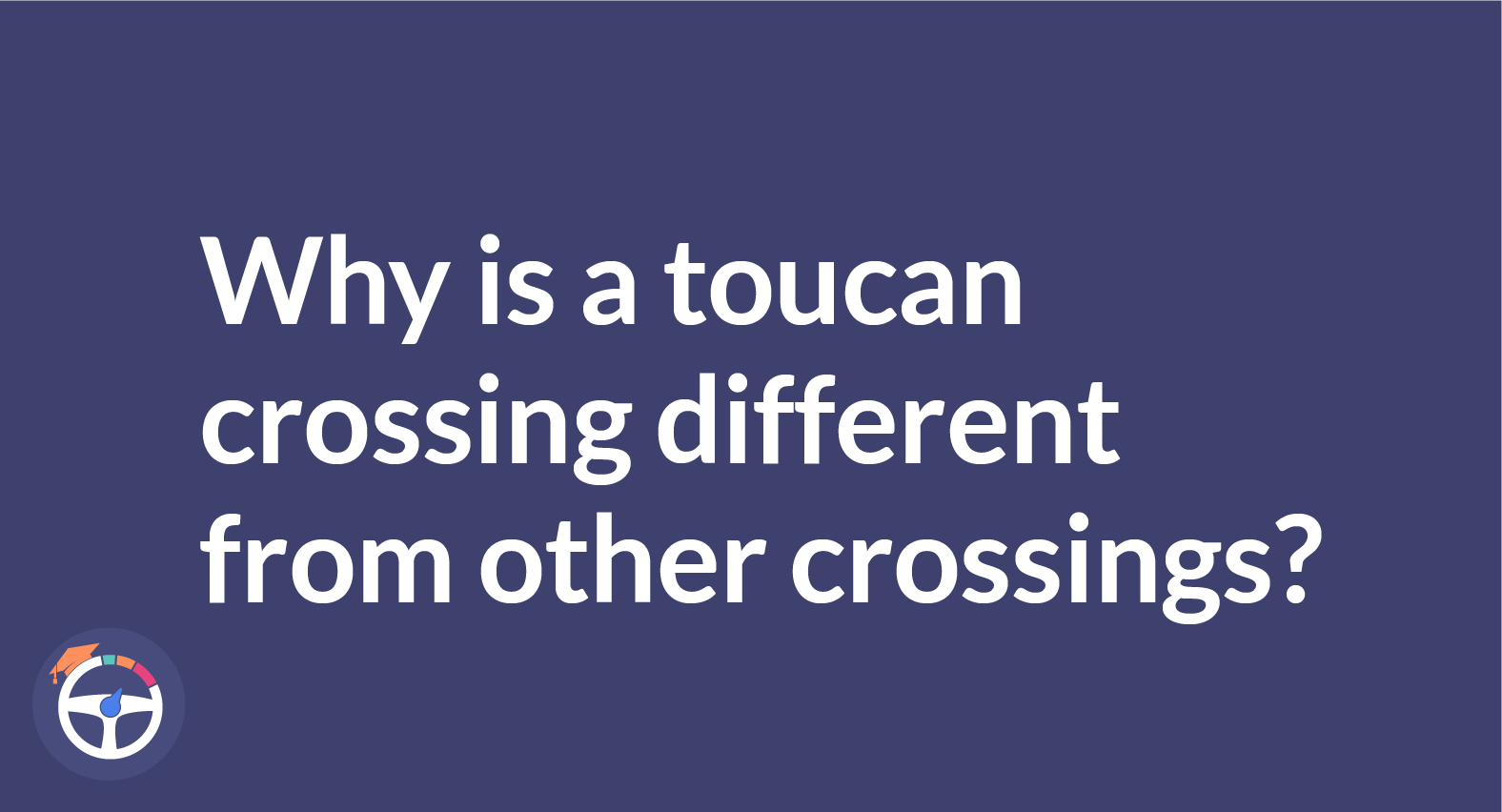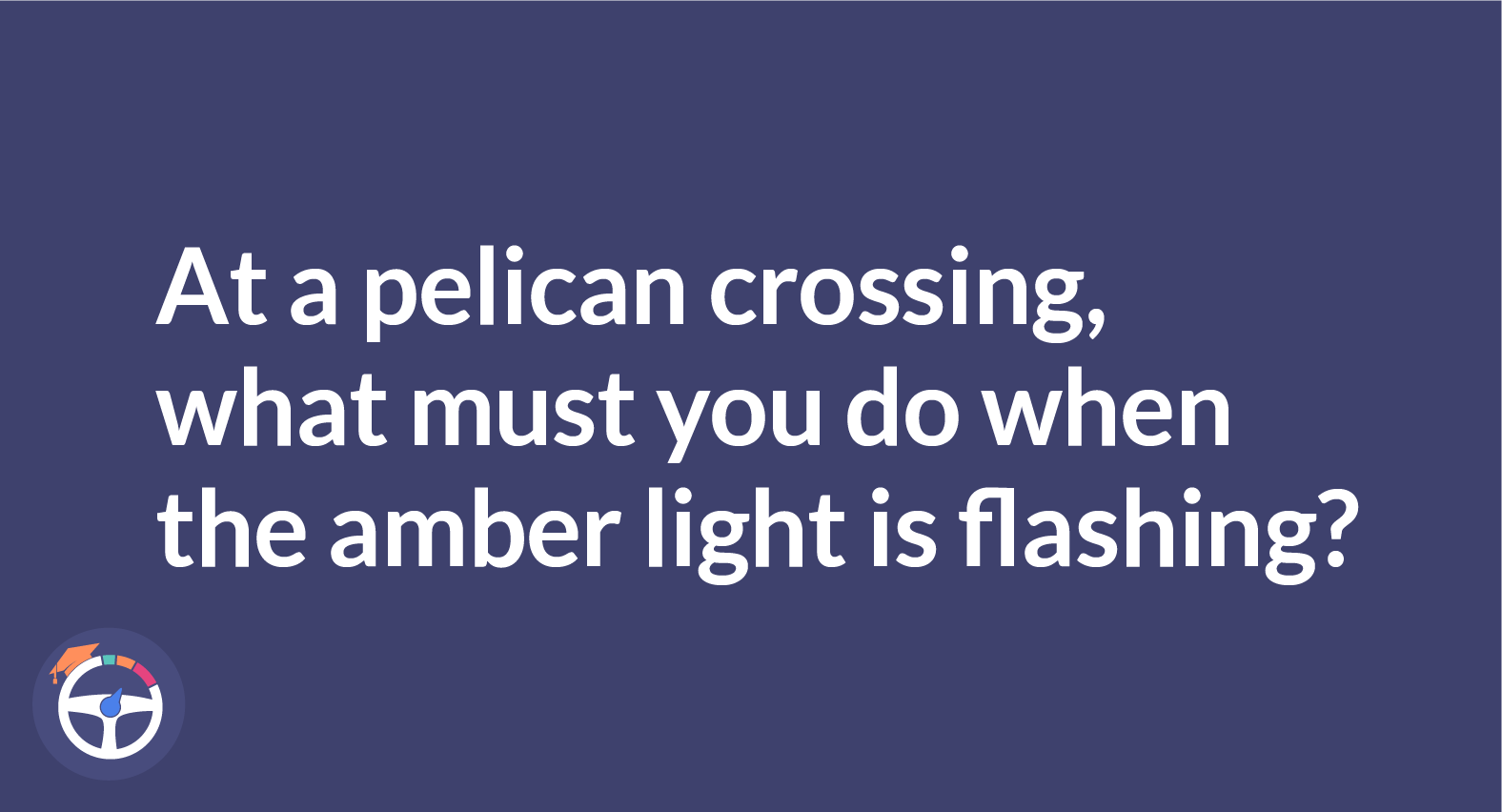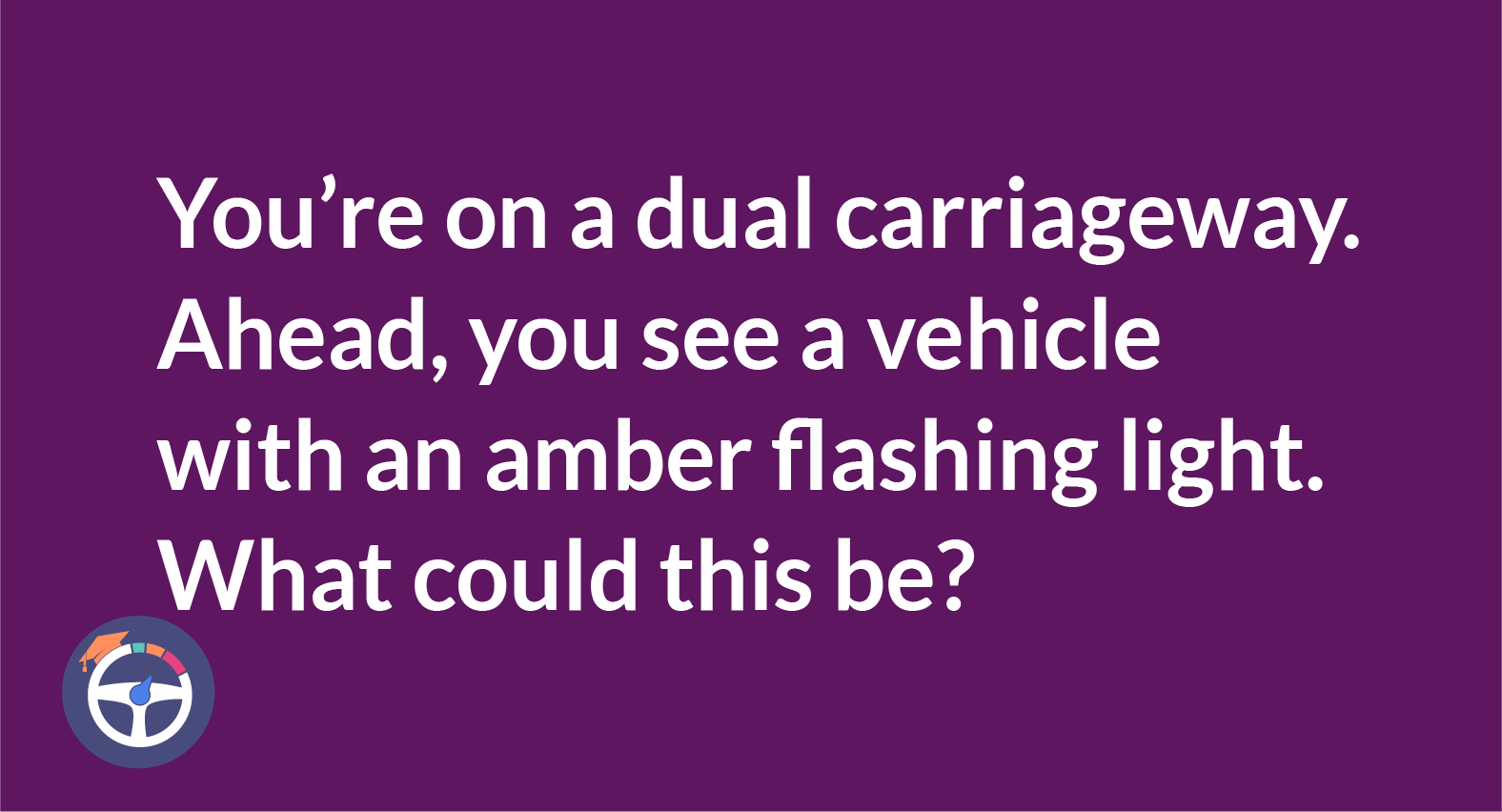Why is a toucan crossing different from other crossings?
Toucan crossings are used by both pedestrians and cyclists, who receive the green light simultaneously. Cyclists are allowed to ride across these crossings. The signals operate with a push-button system and do not include a flashing amber phase.

Contents
- Why is a toucan crossing different from other crossings?
- Benefits of the Toucan Crossings
- That’s A Wrap!
- FAQ
- Can motorized vehicles use the crossings for toucans?
- Do cyclists using toucan crossings have to abide by any rules?
- Are there any special features at toucan crossings for pedestrians who are blind or partially sighted?
- Does the toucan crossing occur frequently everywhere or are urban settings the main place they occur?
- How is the safety of toucan crossings maintained and observed?
The ability for cyclists to use toucan crossings sets them apart from other types of pedestrian crossings. Toucan crossings provide a shared area for safe road crossing for cyclists and pedestrians. On the other hand, traditional crossings are exclusively designed for pedestrians. Because of this distinctive quality toucan crossings are a great asset in urban areas. As in urban areas, cycling is a common form of transportation.
Benefits of the Toucan Crossings
Now that you know why is a toucan crossing different from other crossings? Let’s discuss the benefits of toucan crossings.
1. Cyclist Safety:
Toucan crossings give priority to cyclist safety. These crossings provide dedicated pathways for cyclists to cross alongside pedestrians. By doing this the possibility of bicycle accidents and collisions with cars is decreased. Particularly at intersections and busy junctions!
2. More Accessibility:
Toucan crossings encourage inclusivity and accessibility. For people with different mobility needs! They do so by enabling cyclists to use the crossing without getting off their bikes. Ramps and tactile pavement for example guarantee that both bicyclists and pedestrians can use the crossing.
3. Effective Traffic Flow:
By facilitating the movements of both cyclists and pedestrians, toucan crossings help to improve traffic flow. These crossings increase the overall effectiveness of road networks by giving cyclists a designated area to cross. This helps to reduce traffic.
4. Encouragement of Sustainable Transportation:
Toucan Crossings promotes the use of bicycles as a sustainable form of transportation by incorporating cycling infrastructure into urban environments. This promotes active lifestyles, lowers carbon emissions, and makes cities healthier and more livable.
5. Standards and Regulations for Accessibility:
Toucan crossings follow these guidelines to make sure they are inclusive and accessible to people with disabilities. The needs of all road users regardless of their mobility or sensory abilities are given priority through different features. These features include tactile paving, audible signals, and clear signage.
That’s A Wrap!
Toucan crossings differ from conventional pedestrian crossings as they provide a safer and more inclusive crossing option for all users of the road. This is because they are designed to accommodate cyclists. Toucan crossings play a critical role in advancing sustainable transportation, increasing accessibility, and enhancing road safety in urban environments by meeting the various needs of cyclists and pedestrians.
FAQ
1. Can motorized vehicles use the crossings for toucans?
No toucan crossings are intended exclusively for cyclists and pedestrians. Toucan crossings are off-limits to motorized vehicles such as cars motorcycles and buses.
2. Do cyclists using toucan crossings have to abide by any rules?
Cyclists must obey traffic signals. And yield to pedestrians even though they are allowed to use toucan crossings. In order to protect everyone using the road, cyclists must always ride carefully. Particularly when crossing in front of oncoming traffic.
3. Are there any special features at toucan crossings for pedestrians who are blind or partially sighted?
Toucan crossings feature tactile paving and audible signals. In order to help visually impaired, pedestrians cross the street safely. To indicate the presence of the crossing and signal changes these features offer tactile cues and audible alerts.
4. Does the toucan crossing occur frequently everywhere or are urban settings the main place they occur?
Toucan crossings are more common in urban settings. Because of the increased cycling and pedestrian traffic! They might also be put in place in suburban or rural locations where bike lanes are marked and meet with roads.
5. How is the safety of toucan crossings maintained and observed?
Local authorities maintain and inspect toucan crossings on a regular basis. To make sure they are safe and operational. To maintain the best possible conditions for drivers monitoring may involve examinations of pavement markings, traffic signal operation, and signage visibility.


